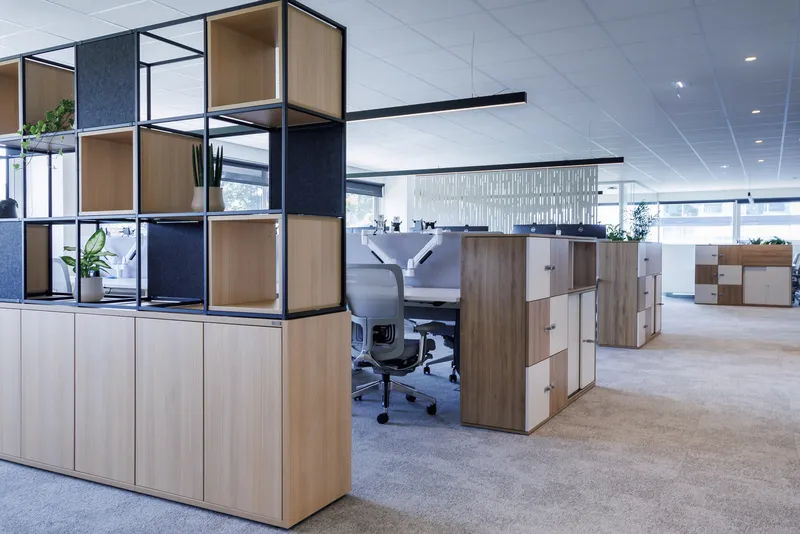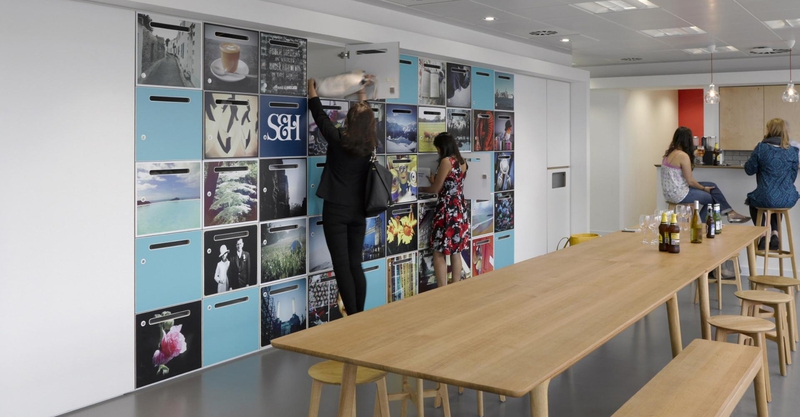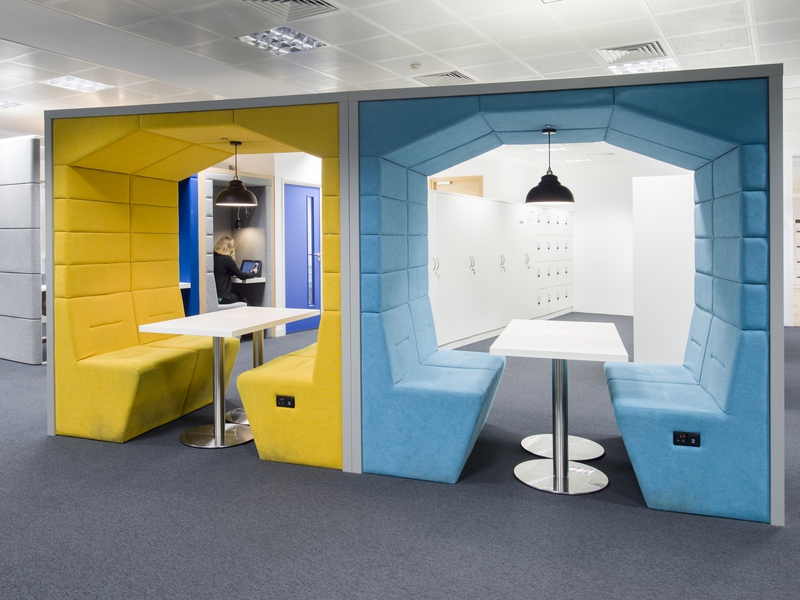1 mars 2018
Tendances du secteur
Continuing our series of blogs exploring our top 8 workplace trends for 2018, here’s our look at the importance of digital workspaces.
What is a Digital Workspace?
In short, it’s the natural evolution of the office. Today’s workplaces have grown larger than just a building, and working hours continue long after an office is closed for the day. The boundaries between the physical and digital worlds, and between our jobs and our personal lives, are dissolving. More than ever, we need a digital workspace: meaning an always-connected system that allows staff to access everything they need, wherever they are and at whatever time.
In the words of James Robertson, Managing Director of intranet specialists Step Two, a digital workspace is “a holistic set of platforms, tools and environments for work delivered in a usable, coherent and productive way.” It’s the software that employees use, the ways they communicate with one another, and the way that work is stored and shared.
Keeping Up with Technology
Digital workspaces unfold across the many platforms and technologies used by staff: including email, instant messaging, enterprise social media networks, intranets, video conferencing and presentations, specialist software, mobile apps, wearables such as smart watches and glasses, mixed-reality headsets and more.
Employees are used to the consumer-driven mobile technology that makes their home lives more convenient, and expect the same from their working environments. For instance, a good digital workspace will connect staff together in the cloud so that they always have access to the resources they need. Soon companies will also be connected by the Internet of Things, or even by decentralised blockchains, as these workspaces grow larger and larger. Technology continues to change at a rapid pace – digital workspaces have to continue to evolve alongside it.

Spaces for Stimulating Talent
Digital workspaces revolve around humans. Their main purpose is to allow staff to work as efficiently and productively as possible – and the best way of achieving this is by providing them with a seamless, frictionless experience as they move between different devices and platforms. Thus, whether they’re at work, at home or travelling between places, they’ll always remain a part of the digital workspace.
Here at Spacestor we’re wholly committed to stimulating talent – that’s why most of our trends are focused on creating a happy, inspiring environment for employees. The best designers put people, and their experiences, at the heart of the design process – this is important when designing offices, but just as important when designing digital workspaces. They must be designed to allow those using them to flourish. After all, technology is here to make our lives easier, not harder.

The Top 5 Advantages of the Digital Workspace
Deloitte’s recent report on the rise of the digital workspace outlined 5 massive benefits that they offer:
- Attracting talent: 64% of employees would choose a lower paying job if they could work away from the office.
- Employee productivity: Organisations with strong online social networks are 7% more productive compared to organizations without.
- Employee satisfaction: Organisations that rolled out and installed social media tools internally found that there was a 20% increase in employee satisfaction.
- Retention of employees: When employee engagement goes up, there is a corresponding increase in employee retention of up to 78%.
- Communication tools: Present-day workers prefer newer communication tools, specifically instant messaging, as compared to “traditional” tools like email or team workspaces.
The businesses that will enjoy the greatest success in the coming years will be the ones that can bring everything neatly together. Not only does a good digital workspace bring together the hundreds of platforms and technologies used by innovative, forward-thinking companies, it also seamlessly integrates everything with offices and the staff that work in and around them – allowing employees to focus on doing their jobs to the very best of their abilities.

Partager cet article






















